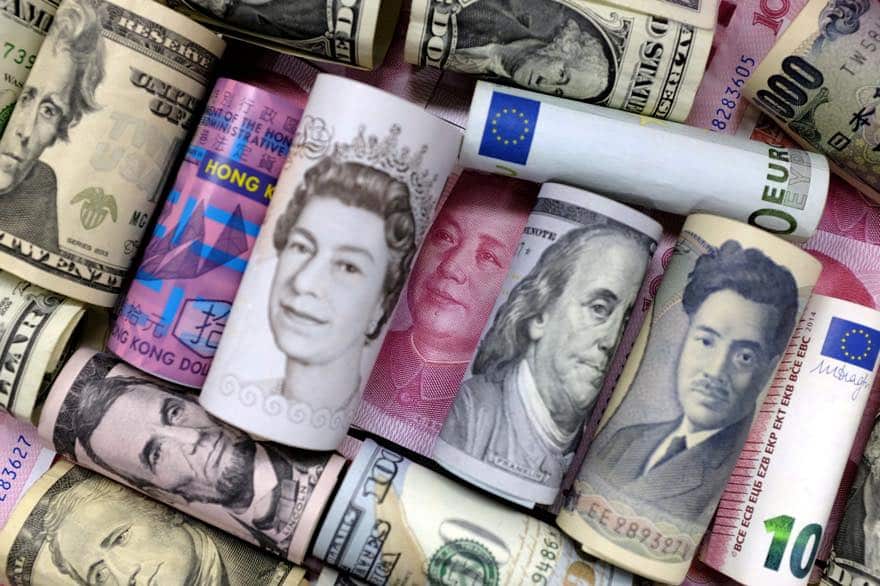A new report from the Financial Times indicates that buy-side firms are looking for alternatives to banks to carry out their currency trading activities.
According to the report, firms feel that they are being targeted by banks' foreign Exchange (FX) departments and treated poorly.
As they trade large amounts of cash regularly, the Buy-Side firms say that banks can predict their trading patterns.
In turn, that means the banks they deal with can ratchet up their buy-sell prices and give them a worse deal.
Data published by the FT indicates that, in some instances, firms were having their costs doubled within a 30 minute period.
Rectifying the buy-side’s problems is tricky because banks hold - and will continue to hold - a dominant role in the FX market.
One new company, however, could help things.
Banks under Siege
Launched by Claude Goulet, formerly Head of FX and Commodities Sales at HSBC, Siege is hoping to connect buy-side firms operating in the FX market.
The firm plans on creating a system where trades are matched between buy-side firms.
Prices would be determined by a live reference rate provided by New Change FX - a provider of benchmark pricing data for currency markets.
Spreads would be scrapped and, instead of paying them, companies using Siege’s solution would execute trades at a mid-point price.
Speaking to the FT, Goulet said he did not expect a company to be able to carry out all of its FX trading using Siege.
But, given the size of the market, even if a buy-side firm was able to carry out a fraction of its FX trading with Siege, it could reduce its costs substantially.
If the company succeeds, it could mark a major change in the way buy-side firms do business in the currency markets.
In the meantime, they’ll just keep looking for ways to ensure the banks can’t work out what they’re trading strategy is.

















